Although the name “ruoi bien” may be unfamiliar to some, this delicacy is a specialty of the North, especially in Hai Duong province. But what exactly is this creature, where is it from, and how is it prepared? Let’s find out together.
1 What is a ruoi bien (or ruoi)?
The ruoi is a type of animal belonging to the family of marine worms, known for their abundance in Vietnam’s aquatic resources. Its body is cylindrical in shape, consisting of 55-65 segments, resulting in a length of approximately 45-65 mm. The posterior end of the ruoi tapers towards the tail, while the dorsal side is slightly raised and has a darker pink hue.
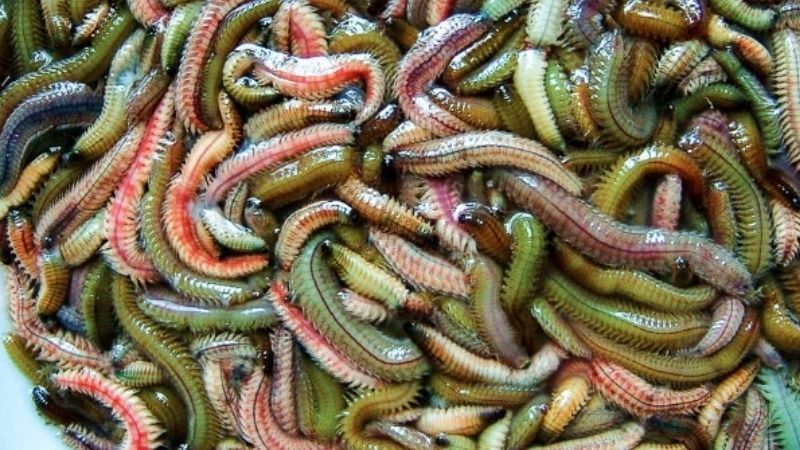 The ruoi belongs to the family of marine worms
The ruoi belongs to the family of marine worms
Ruoi are typically found in brackish waters or environments where freshwater and saltwater mix. Some smaller species within the same family can even survive in marine environments. They are commonly spotted in the northern and north-central provinces, particularly in Tu Ky and Kinh Mon, with their numbers peaking during the rainy season.
While ruoi are capable of moving using their parapodia, they tend to remain relatively stationary. Instead, their distribution is largely influenced by tidal movements and the strong currents of coastal estuaries.
2 Where is ruoi considered a specialty?
Ruoi are predominantly found in the northern provinces, making them a rare sight for those in the central and southern regions. The provinces of Hai Duong, Hai Phong, and Quang Ninh are particularly known for their abundance of ruoi. Among these, Tu Ky in Hai Duong is renowned for its unique and characteristic ruoi dishes.
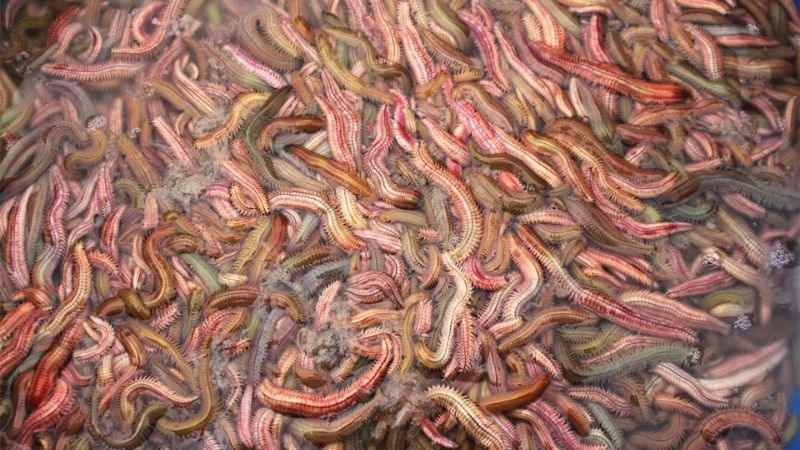 Ruoi are commonly found in the northern provinces
Ruoi are commonly found in the northern provinces
The harvesting season for ruoi typically falls within the 9th, 10th, and 11th lunar months of the year. They tend to surface in large numbers during the beginning, middle, or end of these months, specifically around 1-2 a.m. on the first and second days, or between 7-8 p.m. on the full moon nights of the 14th and 15th. On other days, their appearances are sparse or non-existent.
Ruoi are considered a delicacy and are priced accordingly, with a reference selling price of VND 400,000-600,000 per kg. They are highly sought-after for their culinary potential.
3 How to clean and prepare ruoi
Ruoi inhabit muddy and flooded areas, so they tend to be quite dirty. When purchasing ruoi, it is essential to clean them thoroughly. Start by placing them in a container of clean water and gently agitating them to allow the mud and debris to float to the surface. Repeat this process a few times until the water runs clear.
Note: Be gentle during the rinsing and agitation process to avoid rupturing the ruoi’s bodies.
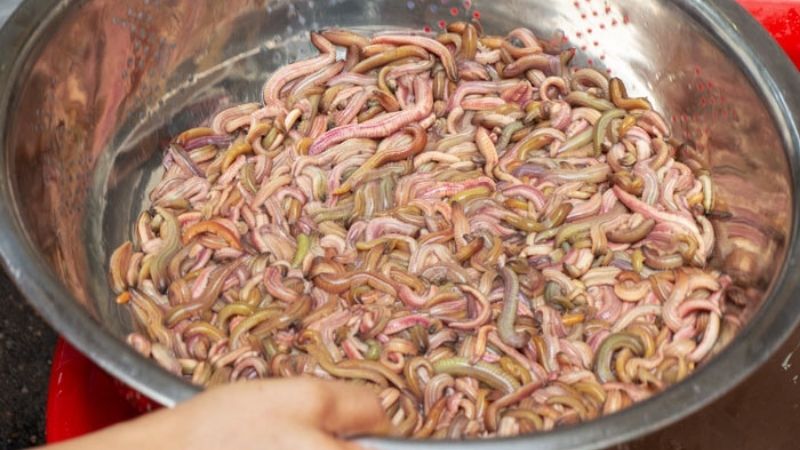 Rinse off the mud and debris
Rinse off the mud and debris
Step 2 Blanch the ruoi in boiling water
Ruoi have a high silk content, so it is necessary to blanch them in boiling water to remove some of the silk. Simply place them in a bowl of hot water and stir gently to loosen the silk fibers.
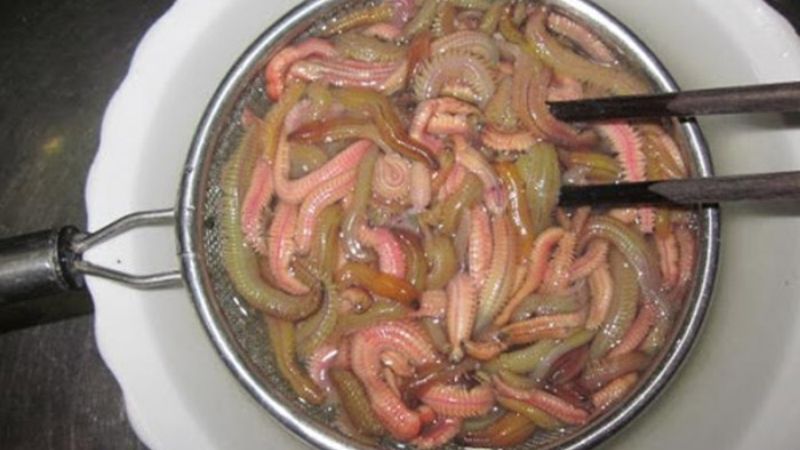 Blanch the ruoi to remove excess silk
Blanch the ruoi to remove excess silk
Step 3 Remove the fishy odor
To eliminate the fishy odor of ruoi, use citrus peels during the cooking process. Adding a few peels to the dish will not only neutralize the odor but also impart a pleasant citrus aroma.
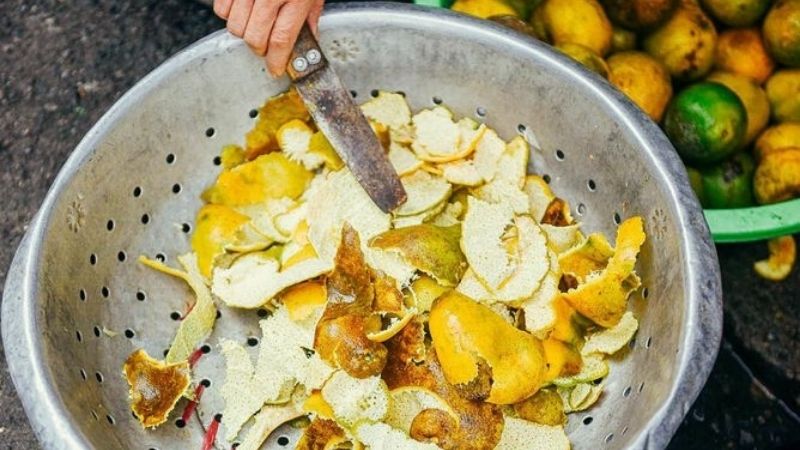 Use citrus peels to remove the fishy odor
Use citrus peels to remove the fishy odor
4 Delicious dishes made with ruoi
Ruoi can be transformed into a variety of mouthwatering, unique, and exotic dishes, such as: fried ruoi, ruoi spring rolls, ruoi hot pot, grilled ruoi, braised ruoi, and ruoi fish sauce.
 A variety of delicious dishes made with ruoi
A variety of delicious dishes made with ruoi
For more information, please refer to:
5 Frequently Asked Questions about Ruoi Bien
What is the nutritional value of ruoi?
According to nutrition experts, ruoi are packed with essential nutrients. Per 100g of ruoi, you can expect to find approximately 12.4g of protein and 4.4g of fat, providing around 92 calories. Additionally, ruoi are a good source of minerals, vitamins, omega-3 fatty acids, and more, making them a nutritious addition to any meal.
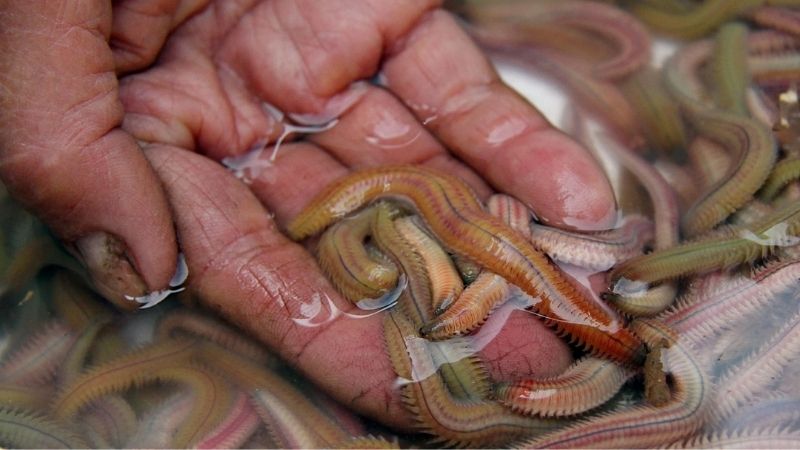 Ruoi offer a range of nutritional benefits
Ruoi offer a range of nutritional benefits
Are ruoi poisonous?
Ruoi inhabit environments that are not always clean, and as a result, they can be exposed to toxic substances and harmful bacteria such as Salmonella and E. coli. Consuming ruoi that have not been properly cleaned and prepared can lead to gastrointestinal infections and other serious health issues.
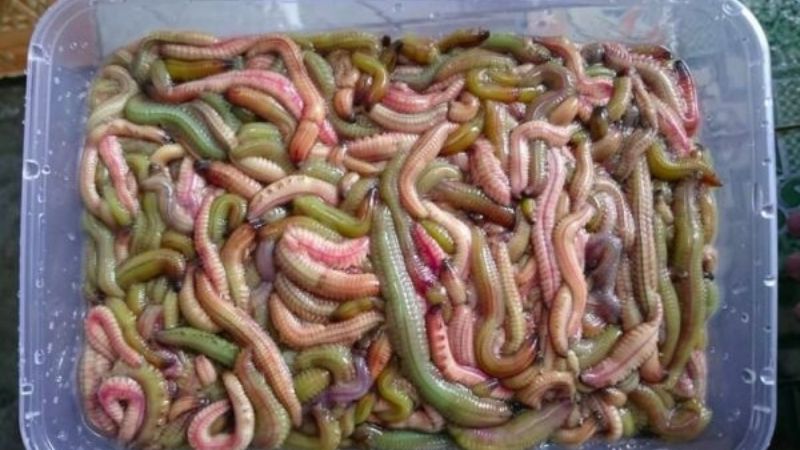 Ruoi can carry harmful bacteria
Ruoi can carry harmful bacteria
However, the use of citrus peels can help mitigate these risks. According to traditional medicine, citrus peels contain approximately 3.8% essential oil, 9% hectozan, and other beneficial compounds that aid in preventing digestive issues.
Can ruoi be eaten raw?
It is not recommended to consume ruoi raw, as they may harbor harmful bacteria. To ensure food safety, it is crucial to thoroughly cook ruoi before consumption.
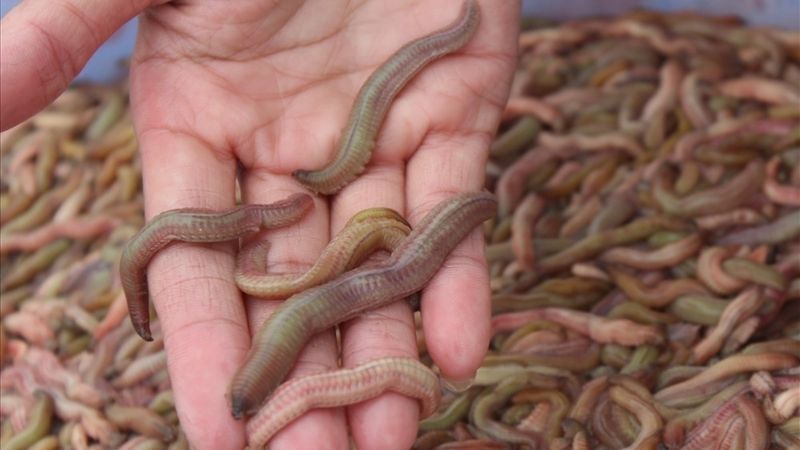 Do not eat ruoi raw
Do not eat ruoi raw
Who should avoid eating ruoi?
Individuals with seafood allergies should refrain from consuming ruoi. Pregnant women and children are also advised to limit their intake, as ruoi can cause digestive issues such as bloating and discomfort. Additionally, those with existing gastrointestinal problems should exercise caution due to the high protein content in ruoi, which may be more challenging to digest than other types of meat. If you experience any adverse reactions, such as food poisoning or anaphylaxis, after consuming ruoi, seek immediate medical attention at the nearest hospital. Do not attempt to self-diagnose or treat at home.
We hope this comprehensive guide to ruoi bien has been informative and helpful. Thank you for reading, and we wish you a wonderful day ahead.

































